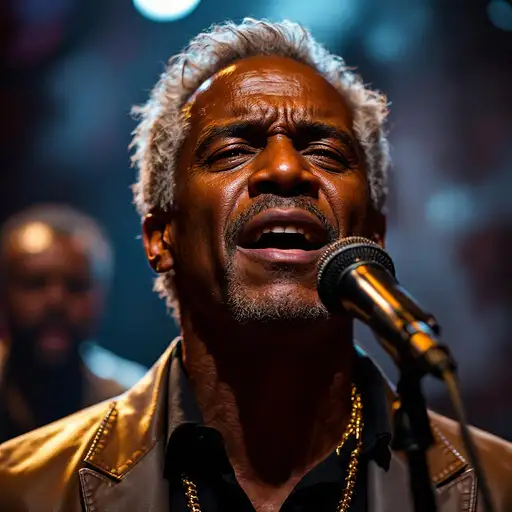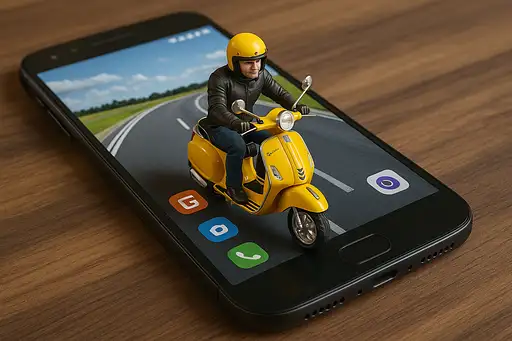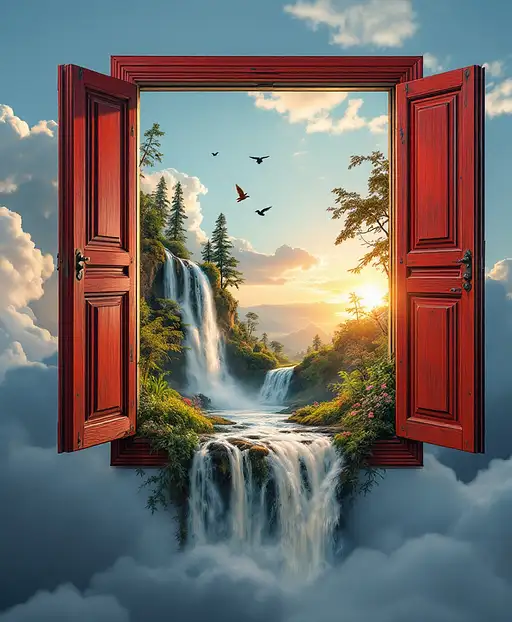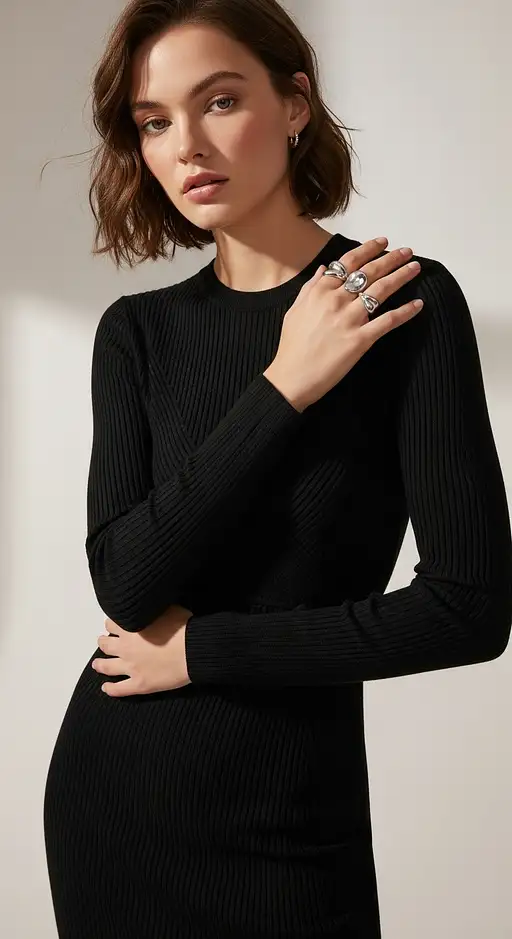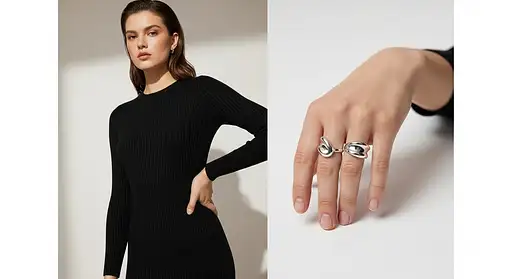10 days ago
Ultra-realistic cinematic concept art. A Moroccan man in his late 20s — clean-shaven, sharp jawline, medium taper fade with short buzz cut — sits powerfully on a brutalist throne made from cracked concrete, scorched books, rusted rebar, shattered satellite dishes, and melted tech debris. His gaze is direct, heavy, serious — full of rage, loss, and pride. His posture is grounded, kinglike, a man forged by betrayal, not crowned by privilege.
He wears a modern Moroccan warrior-king outfit: a long charcoal-black trench coat made from military fabric, faded gold zellige embroidery lining the cuffs and edges. Beneath, a worn cracked bulletproof vest. His matte-black pants have rugged metal strap accents, and dusty combat boots show battlewear. Over his shoulder, a torn deep red cloak — like a fallen flag turned royal cape. A rusted metallic star medal is pinned to his chest. His fingers are covered with chipped steel rings — no shine, just scars.
A fractured crown of gold and iron rests on his head — dented, sharp, powerful. Not ceremonial, but forged from ruin and defiance. It’s heavy, symbolic — a burden earned.
Background: Ruined Moroccan cityscape — crumbling domes, broken concrete walls, twisted rebar, burnt-out cars, and collapsed towers. A half-burned Moroccan flag hangs in the back, fluttering from a broken wall. The sky is layered with storm clouds — ash grey, storm blue, deep purples. A golden-orange light pierces the clouds in the distance like hope. Ash particles drift in the foreground, cinematic.
Typography: “Trône sur les Ruines” in large cracked metallic gold serif font — clean but weathered. Top left or bottom right. Regal, minimal, poetic.
Color Palette: Coal black, ash grey, Moroccan red, storm blue, bronze gold, burnt orange, dusty beige.
Mood: Royalty born from survival. Pain turned into power. Cinematic, violent, majestic, tragic.
Style: Ultra-detailed, dramatic lighting, high contrast, hyper-realistic rendering. Poster-quality. Influenced by Yeezus, The Blueprint, LiveLoveA$AP, and French war photography.
-- full body shot, cinematic composition, wide angle, throne fully visible, Moroccan flag visible in background, apocalyptic setting, dramatic shadows, golden light, storm clouds, ash drifting, rule of thirds framing
